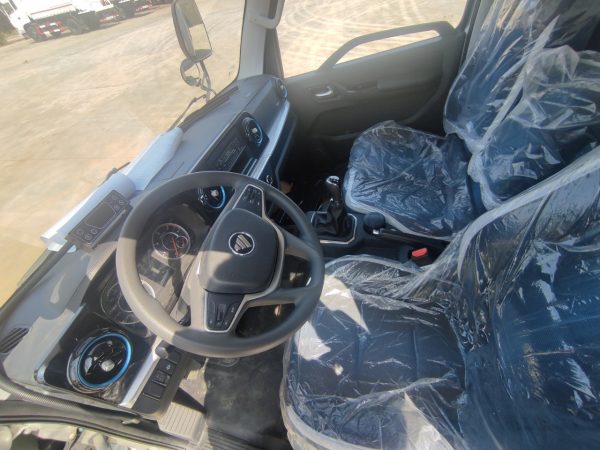Introduction:

Truck mounted cranes are versatile pieces of equipment that play a crucial role in industries such as construction, transportation, and logistics. These cranes are mounted on trucks, making them mobile and efficient for lifting and moving heavy loads in various work environments. With several manufacturers offering a wide range of truck mounted cranes, it can be challenging to choose the right one that meets specific requirements. This article aims to provide a comprehensive comparative analysis of the key features of truck mounted cranes to help readers make an informed decision.
1. Lifting Capacity:
One of the most critical features to consider when selecting a truck mounted crane is its lifting capacity. The lifting capacity of a crane is typically measured in terms of maximum weight it can lift at a specified radius. Different models of truck mounted cranes offer varying lifting capacities ranging from a few tons to over 50 tons. It is essential to assess the lifting requirements of the intended application to determine the appropriate lifting capacity needed for the crane.
2. Boom Length and Reach:
The boom length and reach of a truck mounted crane are vital factors that determine its operational capabilities. The boom length refers to the horizontal distance from the center of rotation to the tip of the boom, while the reach is the maximum distance the crane can reach vertically. Longer boom lengths and greater reaches provide increased flexibility and maneuverability, allowing the crane to access and lift loads from various positions.
3. Hydraulic System:
The hydraulic system of a truck mounted crane is responsible for powering the lifting and rotation mechanisms of the crane. A robust hydraulic system with high-quality components ensures smooth and precise operation of the crane. It is essential to consider the hydraulic system's capacity, efficiency, and reliability when evaluating different truck mounted crane models.
4. Safety Features:
Safety is paramount when operating a truck mounted crane, given the potential risks associated with lifting heavy loads. Manufacturers incorporate various safety features in their crane designs to minimize the risk of accidents and ensure the protection of operators and bystanders. https://www.worktruckmaker.com to look for include overload protection systems, emergency stop buttons, load moment indicators, and anti-two block devices.
5. Mobility and Maneuverability:
The mobility and maneuverability of a truck mounted crane are essential considerations, especially in dynamic work environments. Cranes mounted on trucks offer the advantage of mobility, allowing them to be easily transported to different job sites. Features such as telescopic booms, hydraulic outriggers, and compact designs enhance the crane's maneuverability, enabling operators to access tight spaces and operate efficiently in challenging conditions.
6. Control Systems:
Efficient control systems are crucial for the safe and precise operation of truck mounted cranes. Modern cranes are equipped with advanced control systems that offer intuitive interfaces, real-time feedback, and customizable settings for improved user experience. Wireless remote controls, joystick operation, and computerized monitoring systems are some of the features to look for in a truck mounted crane's control system.
7. Maintenance and Serviceability:
Regular maintenance and servicing are essential to ensure the optimal performance and longevity of a truck mounted crane. When comparing different crane models, consider factors such as ease of maintenance, availability of spare parts, and manufacturer support services. Cranes with accessible components, user-friendly maintenance procedures, and reliable customer support are preferable choices for long-term usability.
8. Cost and Value:
While the initial cost of purchasing a truck mounted crane is a significant consideration, it is essential to evaluate the overall value it offers in terms of performance, durability, and operational efficiency. Some models may have a higher upfront cost but provide superior features and capabilities that justify the investment in the long run. Conduct a cost-benefit analysis to determine the best value proposition based on the specific requirements of the intended application.
Conclusion:
In conclusion, the comparative analysis of truck mounted crane features presented in this article highlights the key factors to consider when selecting the right crane for a particular application. By assessing aspects such as lifting capacity, boom length, hydraulic system, safety features, mobility, control systems, maintenance, and cost, individuals and businesses can make informed decisions that meet their operational needs and safety requirements. Choosing a truck mounted crane that offers the ideal combination of features and capabilities ensures efficient and reliable lifting operations in various work environments.
